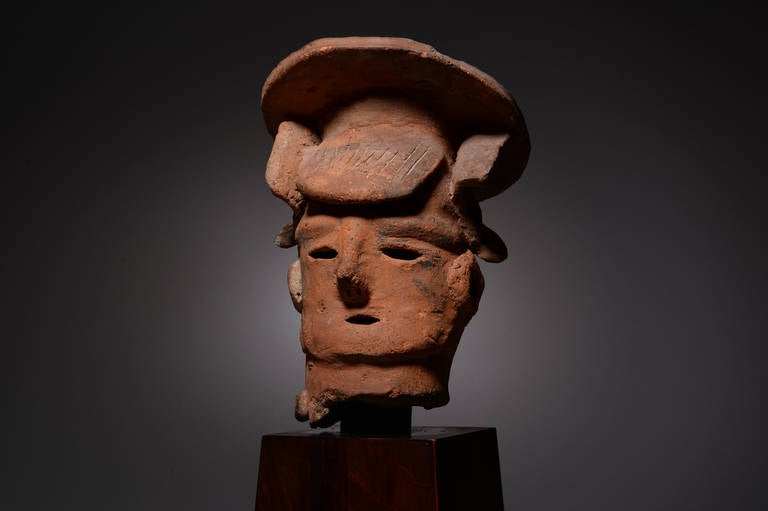

It is believed that the movement of these sculptures and haniwa from the Kibi region to the Kinai region is indicative of an increase in their importance.ĭuring the earlier part of the Kofun period (later 3rd century CE) the only earthenware haniwa were cylindrical, like barrels. During this time more elaborate haniwa appeared with earthenware bowls. Other than the Kibi area, the only other place these sculptures were found was in the Izumo province.ĭuring the latter part of the 3rd century AD, these sculptures started to appear on top of the imperial grave mounds in the Kinai region. These sculptures are thought to have been used as part of a funeral ritual. Sometimes an obi would be placed around the torso. Many times a special insignia or pattern would be displayed on the torso. They consisted of a cylindrical portion, which represented the torso, and a skirt-shaped portion at the base, which represented the legs. The early sculptures exceeded 1 m (3.3 ft) in length. During this time special earthenware figurines and bowls started to appear on top of the tombs of leaders. The origin of haniwa started during the latter part of the Yayoi period around the Kingdom of Kibi. However, haniwa figures were not made until long after Suinin's rule had ended. Hiroaki Sato cites a passage from the Nihon Shoki, in which Emperor Suinin issued an imperial edict concerning funerals: "From now on make it a rule to erect clay figures and not to hurt people." It was therefore thought that these clay figures may have replaced live human sacrifices.
Kofun pottery happy farmer archive#
Besides decorative and spiritual reasons of protecting the deceased in the afterlife, these figures served as a sort of retaining wall for the burial mound.īecause these haniwa display the contemporary clothing, hairstyle, farming tools, and architecture, these sculptures are important as a historical archive of the Kofun Period.Įveryday pottery items from that period are called Haji pottery.Įarlier, clay figurines, called dogū, appeared during the Jōmon period. Haniwa grave offerings were made in many forms, such as horses, chickens, birds, fans, fish, houses, weapons, shields, sunshades, pillows, and humans. The most important of the haniwa were found in southern Honshū-especially the Kinai region around Nara-and northern Kyūshū. Many of them are represented in haniwa figurines for funerary purposes. The cavalry wore iron armor, carried swords and other weapons, and used advanced military methods like those of northeast Asia. Terraces were arranged to place them with a cylindrical base into the ground, where the earth would hold them in place.ĭuring the Kofun period, a highly aristocratic society with militaristic rulers developed. They were smoothed out by a wooden paddle. The protruding parts of the figures were made separately and then attached, while a few things were carved into them. Their name means "circle of clay", referring to how they were arranged in a circle above the tomb. Terracotta Haniwa were made with water-based clay and dried into a coarse and absorbent material that stood the test of time. Haniwa can also refer to offering cylinders, not the clay sculptures on top of them as well as the "wooden haniwa" found in Kofun tumuli.

Haniwa were created according to the wazumi technique, in which mounds of coiled clay were built up to shape the figure, layer by layer. The Haniwa ( 埴輪) are terracotta clay figures that were made for ritual use and buried with the dead as funerary objects during the Kofun period (3rd to 6th centuries AD) of the history of Japan.

The figure is fragmentary: the arms are missing and, like many extant haniwa, it has been reassembled from shards. This figure is considered to represent a high-ranking woman, possibly a shaman or priestess. Haniwa figure of a woman, 5th–6th century.


 0 kommentar(er)
0 kommentar(er)
